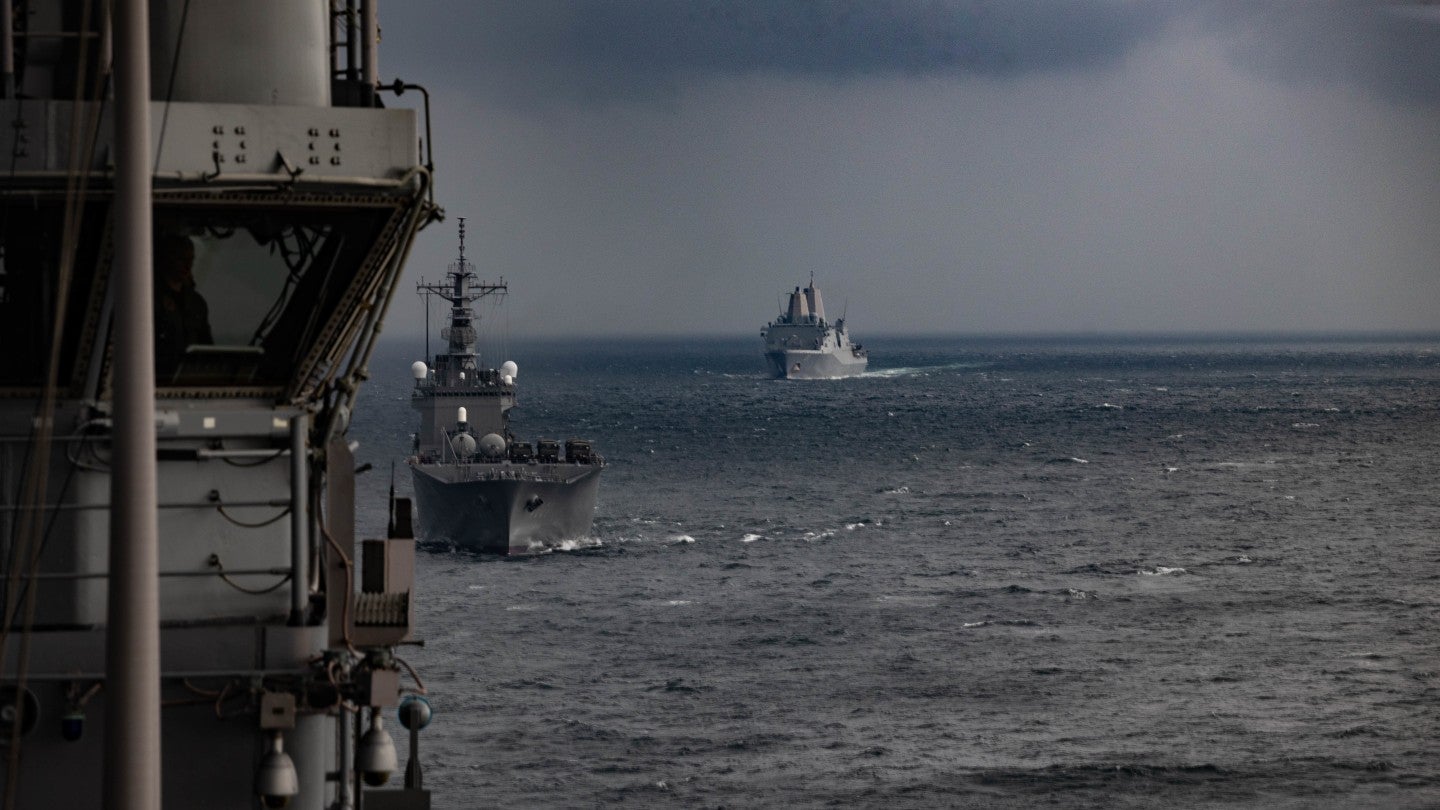
Personnel and assets from the US and Japan have successfully completed the 17th iteration of the bilateral exercise Iron Fist 2023.
Conducted annually, the exercise aims to bolster the interoperability and cooperation between the US and Japanese forces.

Discover B2B Marketing That Performs
Combine business intelligence and editorial excellence to reach engaged professionals across 36 leading media platforms.
The latest iteration was held from different locations in Japan for the first time.
Iron Fist 23 allowed the bilateral forces to showcase and boost their response capabilities by undertaking combined amphibious operations such as search and rescue and counter-piracy missions.
It involved the participation of the 31st Marine Expeditionary Unit (MEU), the 1st Amphibious Rapid Deployment Regiment (ARDR), along with other units and assets from the US Navy, Japan Ground Self-Defense Force (JGSDF) and Japan Maritime Self-Defense Force (JMSDF).
This was also the first time the JMSDF deployed its maritime vessels to operate, integrate and practise with the 31st MEU and 1st ARDR throughout the event.

US Tariffs are shifting - will you react or anticipate?
Don’t let policy changes catch you off guard. Stay proactive with real-time data and expert analysis.
By GlobalDataOne of the activities during this five-week-long exercise involved the JMSDF’s Osumi-class tank landing ship JS Osumi (LST-4001), which performed various integrated operations with the US Navy’s America Amphibious Ready Group swapped landing craft and air cushions.
The activities included combined amphibious reconnaissance missions, as well as a combined amphibious landing operation on the Tokunoshima’s island.
During the final combined activity, the JMSDF and JGSDF, along with US marines and sailors performed an amphibious landing at Okinawa to simulate a joint response of the nations’ forces in times of crisis.
This training scenario also included a bilateral mass casualty evacuation mission.
US Navy 31st MEU surgeon lieutenant commander Chandler Getz said: “The ability of our quick, seamless bilateral medevac procedures demonstrates our crisis response capabilities.
“Combined medical operations allow us to learn best practices and integrate as a more robust and capable united crisis response force.”





